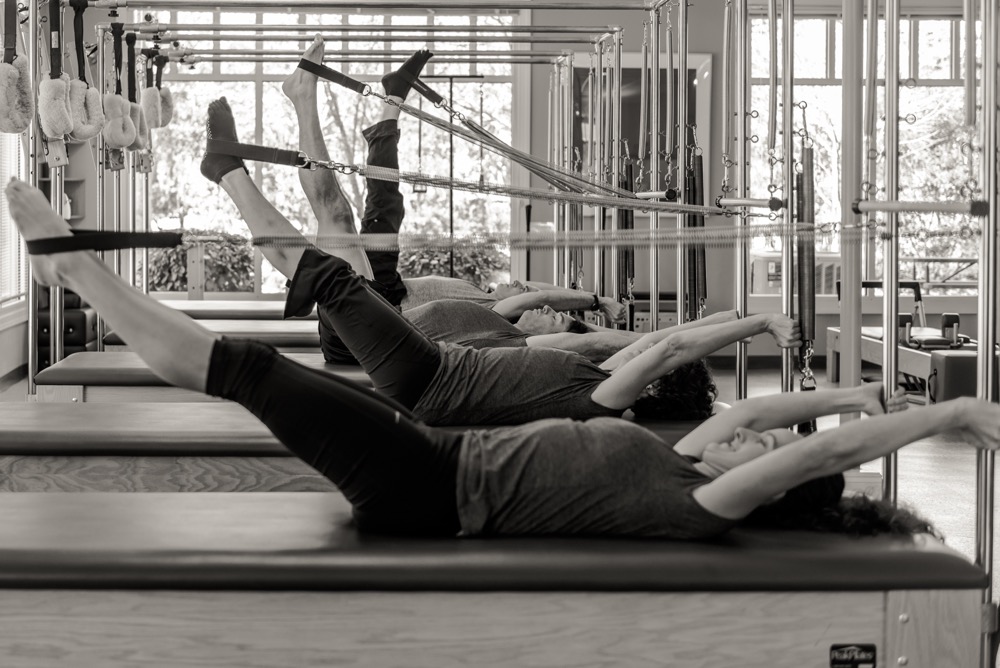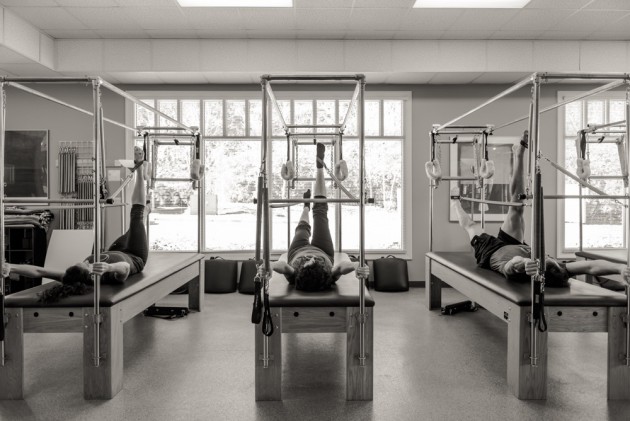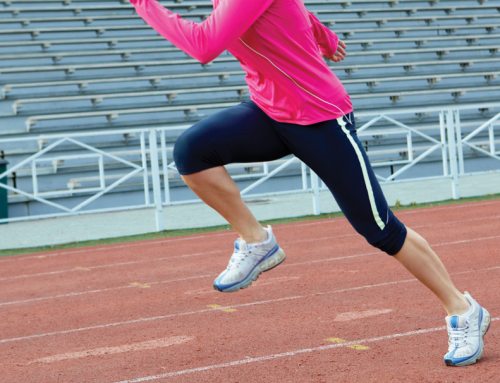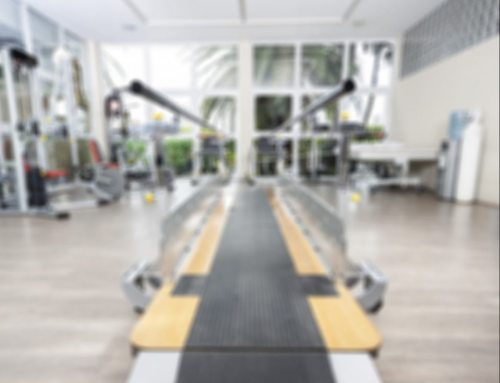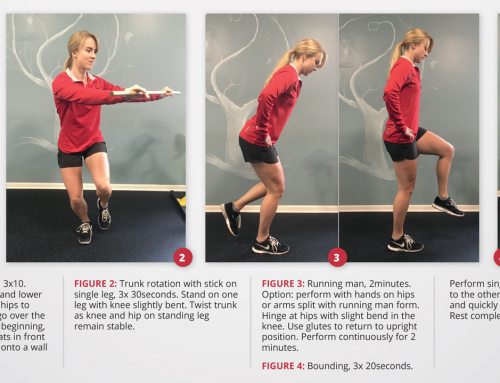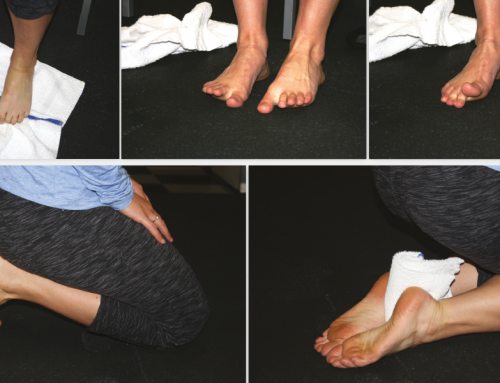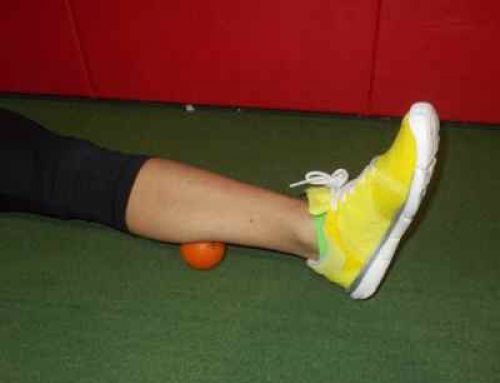By Katie Kennedy, PT, DPT, CSCS, PMA®-CPT
Historically popular among dancers, Pilates has become a key training component for all athletes, including runners.
When I tell people I’m a Pilates-based physical therapist, their first reaction is often, “Oh…you must work with a lot of dancers.” My response is, “Pilates isn’t just for dancers.”
I work with all types of athletes in their rehabilitation from injury and to help them become stronger in their respective sports. For me personally, I do Pilates for one main reason, which is to be a faster runner. Not only can Pilates training help correct muscle imbalances and prevent injury, but it also helps develop key capacities for better running.
Olympic running coach Jack Daniels states that some of the most important aspects to running are VO2 max (oxygen capacity), and running economy (runner’s movement efficiency). Pilates addresses these areas through controlled breath work.
The very first thing that you learn in Pilates is how to breathe to your fullest capacity. Take a moment and inhale. Where is your breath going? Are you breathing into your throat, middle chest, or all the way down into your low belly? Pilates incorporates a breath that fully utilizes your lungs with every movement. Fewer, more effective breaths during a run means less energy spent on breathing.
Pilates also emphasizes developing a strong core and improving flexibility, coordination, and balance.
Running is a series of single leg bounds. Without proper balance and stability through one’s body, energy can be wasted on unnecessary steps or balance recovery. Core strength gained through Pilates training aids with body control by enhancing transverse abdominal and hip strength for dynamic pelvic stability. With good stability through the pelvis, the hips are allowed to move within their maximum range. Having full hip extension allows a runner to access their glutes for a powerful push off, providing more force production with every foot strike.
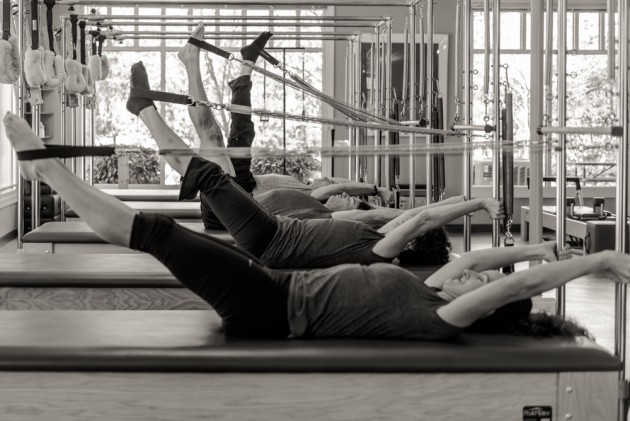 Pilates involves smooth, flowing movement. Quality of movement is much more valuable than the quantity of movements. Practitioners develop uniform movement patters and become more aware of their body and where it is in space. These concepts and heightened body awareness can translate to more fluid running form and cadence. Moreover, the flexibility and mobility acquired throughout the whole body can decrease the likelihood that an athlete will get injured, especially common running ailments such as ankle sprains, iliotibial band tightness, or knee pain.
Pilates involves smooth, flowing movement. Quality of movement is much more valuable than the quantity of movements. Practitioners develop uniform movement patters and become more aware of their body and where it is in space. These concepts and heightened body awareness can translate to more fluid running form and cadence. Moreover, the flexibility and mobility acquired throughout the whole body can decrease the likelihood that an athlete will get injured, especially common running ailments such as ankle sprains, iliotibial band tightness, or knee pain.
I love Pilates because of the natural benefits it provides—from developing core strength to improving running mechanics. Like running, however, Pilates takes hard work and dedication to become stronger. Whether you’re training for 5Ks or marathons, consider complementing your current training regimen with Pilates to improve your running times!
# # #
Katie Kennedy, a three time marathon runner, is a Pilates-based Physical Therapist at InsideOut Body Therapies in Durham, North Carolina. She is using Pilates to attempt to better her marathon PR of 3:04 (2015 Boston Marathon) at the upcoming 2016 Boston Marathon.


